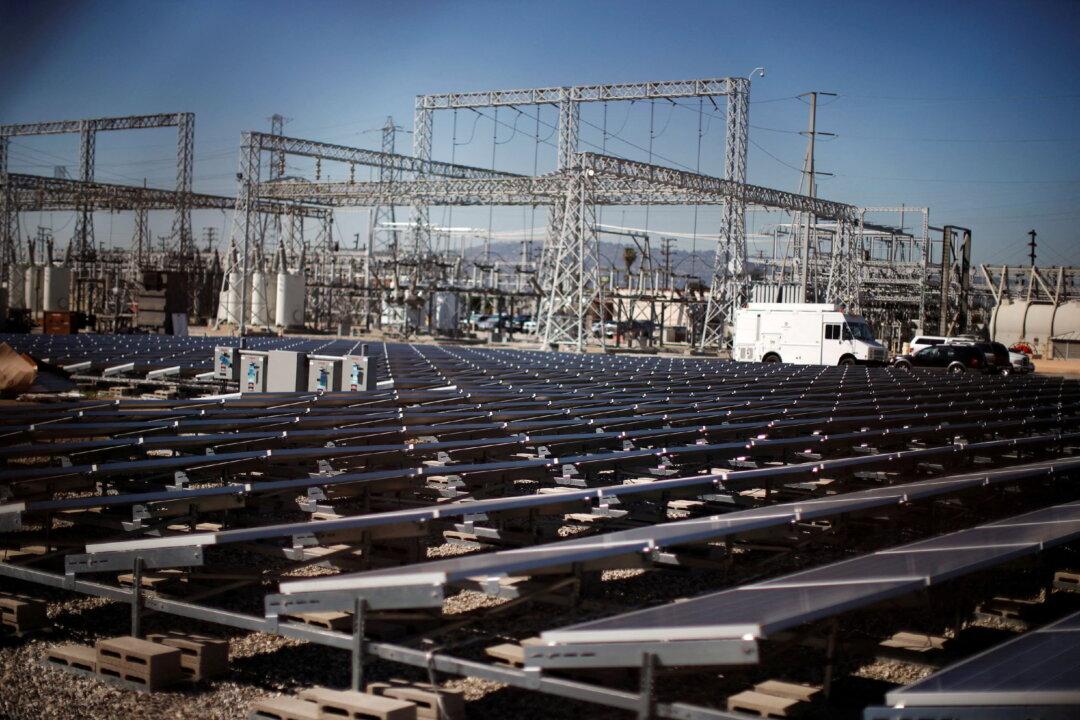Commentary
Next week Gov. Gavin Newsom will fly to Scotland for the United Nations’ Glasgow Climate Change Conference. With his resounding Sept. 14 recall victory in the rearview mirror and a likely re-election next year, he is riding high on the world stage. The Sacramento Bee reported more than a dozen state legislators will also be in tow.





